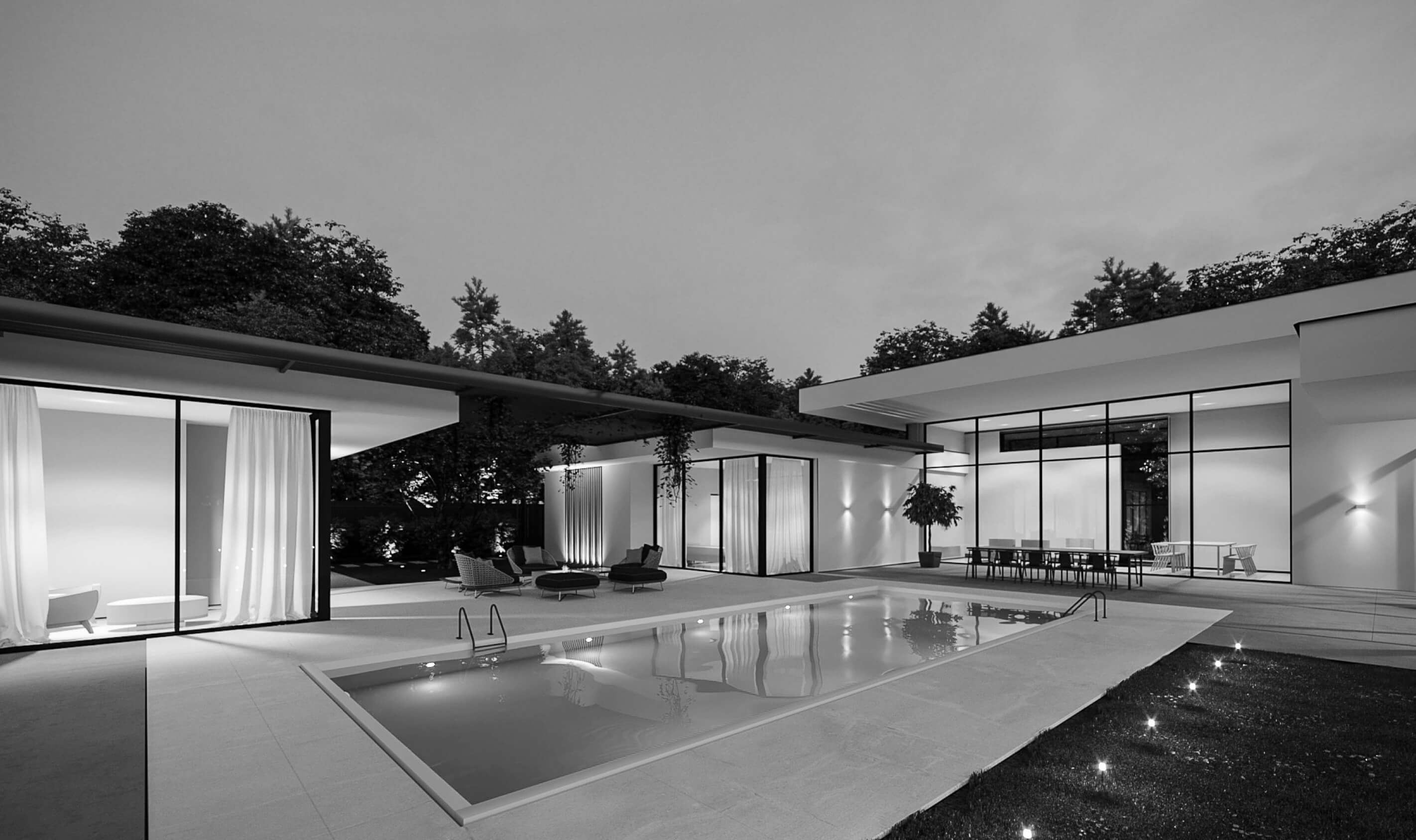In the ever-evolving educational process, the design of school spaces plays a crucial role in shaping the learning experience. Modern schools go beyond traditional structures and employ innovative design principles to create an environment that inspires creativity, collaboration, and unity. Contemporary educational spaces are vibrant, functional, and aesthetically appealing learning centers. What are the key elements of the design of a modern school that contribute to fostering a positive and conducive atmosphere for both students and teachers? Alesia Karnaukhova, CEO of ZIKZAK Architects, shares insights.
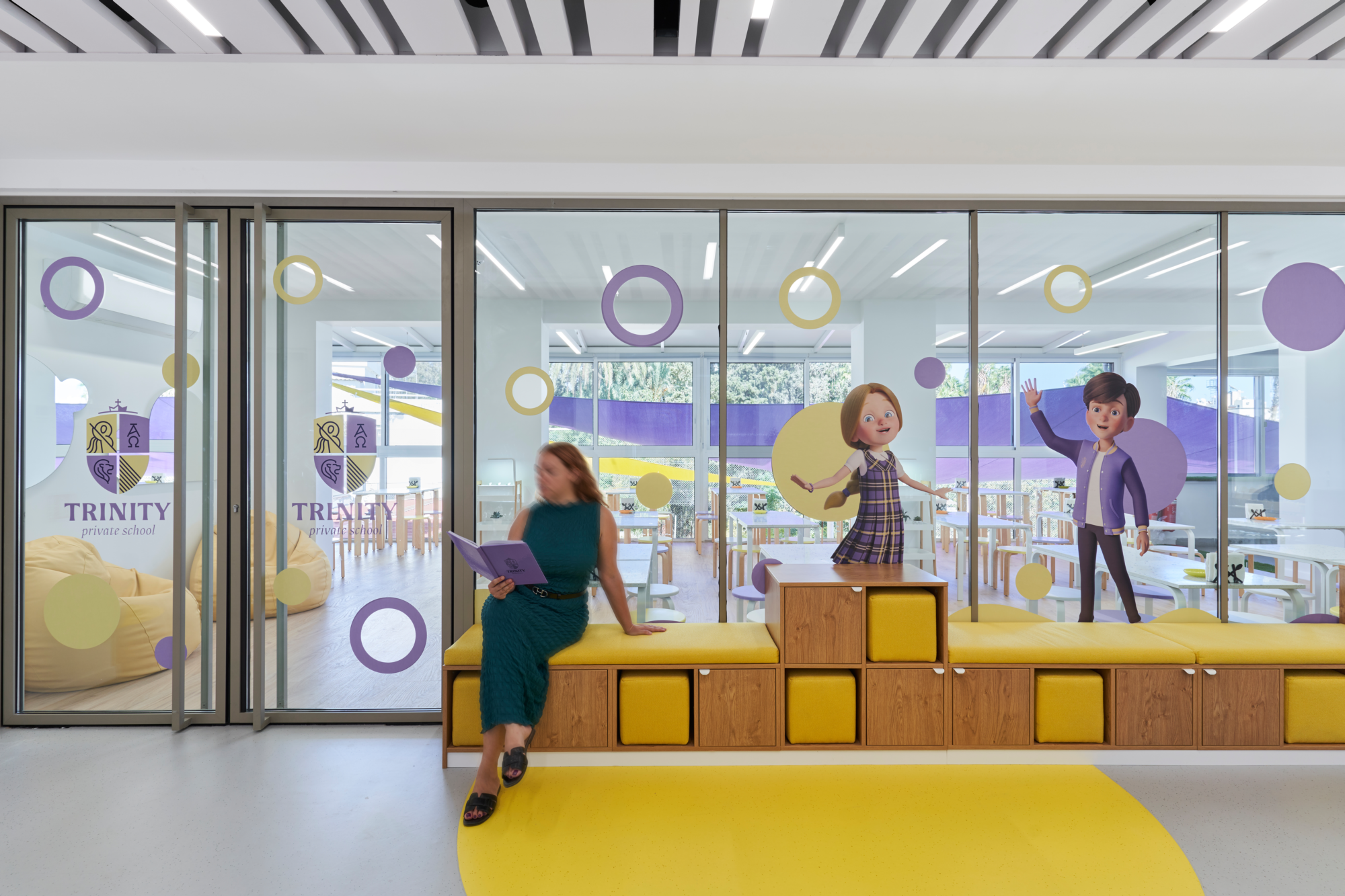
Interior Design of a Modern School

Modern education emphasizes adaptability and collaborative learning among students. The contemporary approach to school design focuses on creating flexible learning spaces that can be easily adjusted for various teaching methods and activities. This includes modular furniture, movable partitions, and multifunctional areas that allow for a seamless transition from individual to group work.
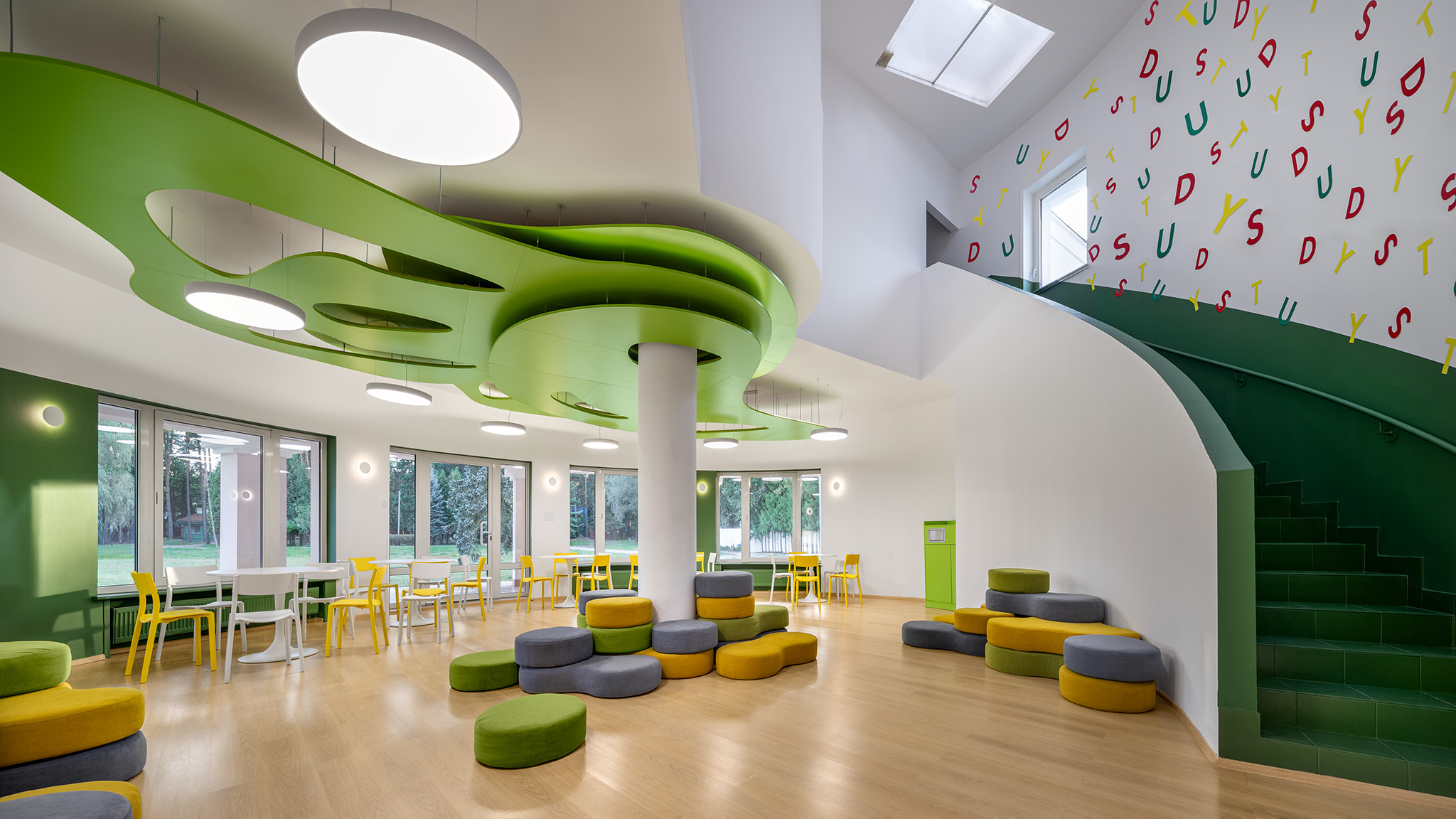
In the digital age, technology is an integral part of the learning process. Modern projects incorporate cutting-edge technologies, including interactive whiteboards, smart projectors, charging stations, and more. Well-thought-out technology integration enhances the educational process and prepares students for a world where technology is prevalent.

The connection between students and nature positively influences well-being and cognitive functions. Modern design philosophy incorporates biophilic elements, such as large windows for maximum access to natural light, the integration of natural plant compositions, and open learning spaces. All of these create a harmonious environment that fosters an expanded interaction between students and their surroundings, promoting creativity.
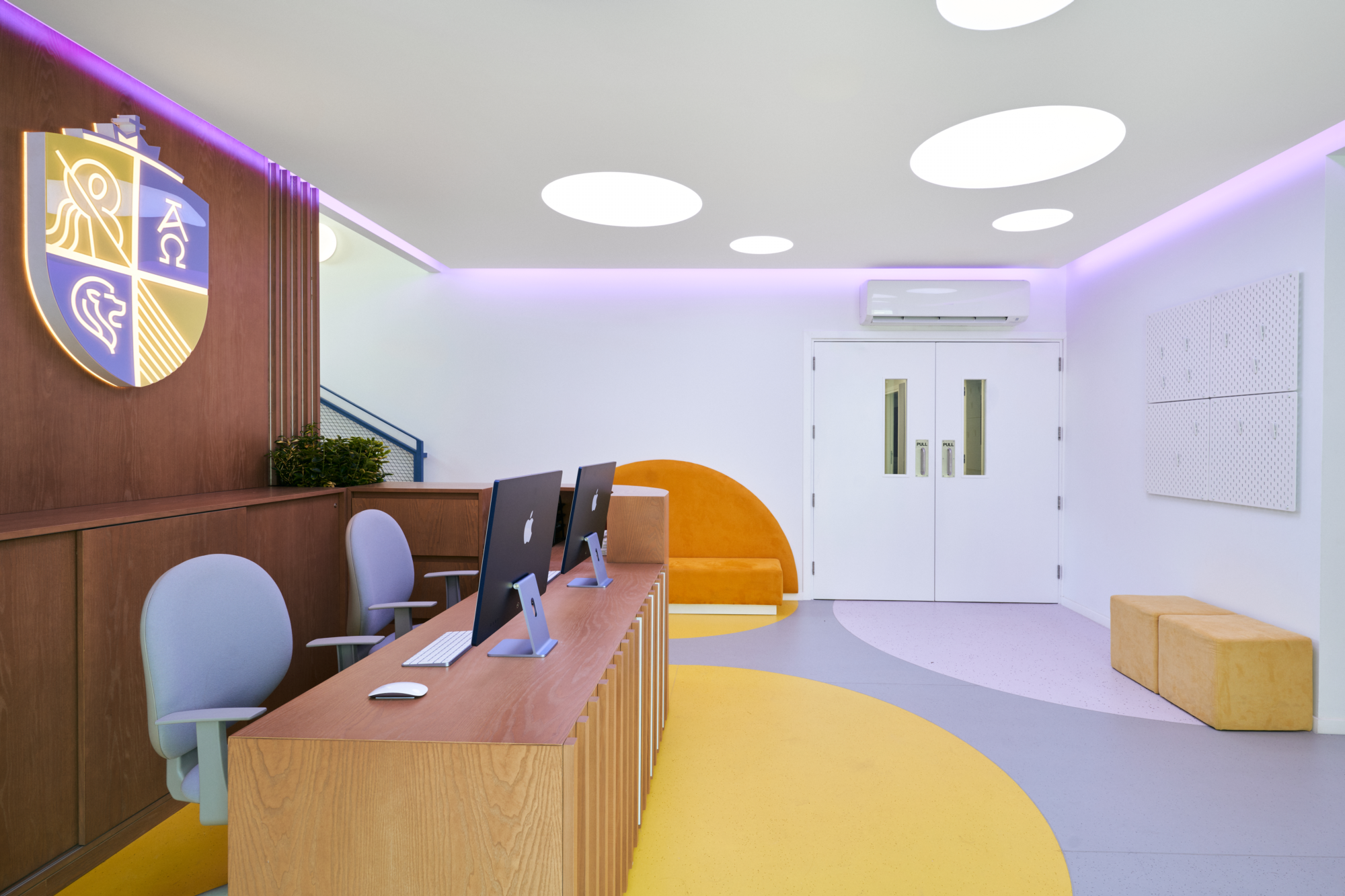
The use of color in school design goes beyond aesthetics. Colors influence the mood, concentration, and behavior of children. Designers carefully choose a palette that contributes to creating a positive and stimulating atmosphere. Subdued blues and greens can be used in quiet learning zones for focused work, while vibrant colors may be applied in recreational and collaborative spaces to encourage creativity.
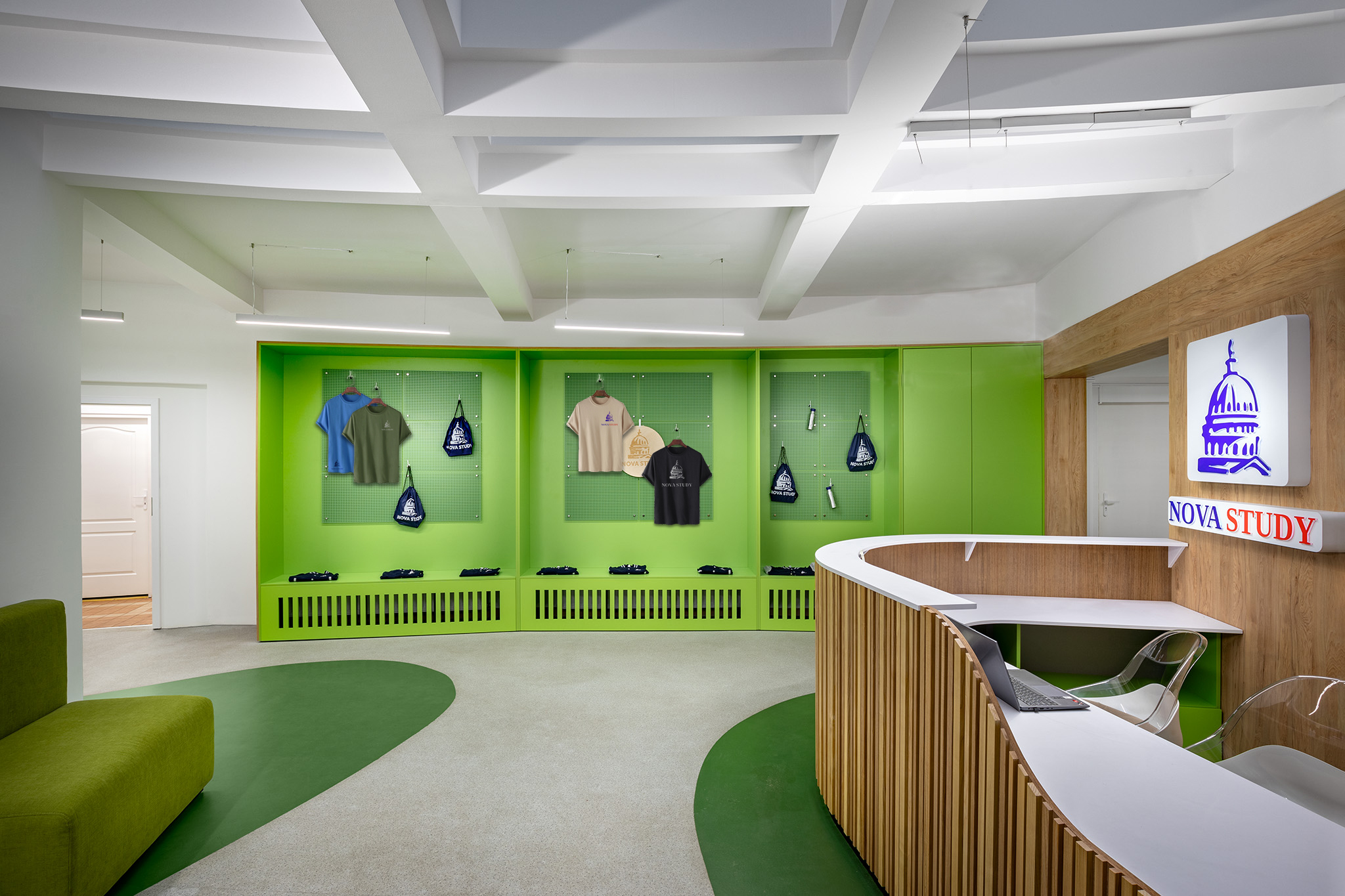
Collaboration and interpersonal communication are key skills for success in the modern world. Zones for group projects, discussions, and interdisciplinary events contribute to the development of teamwork skills and collaborative learning. They are essential components of a contemporary school.
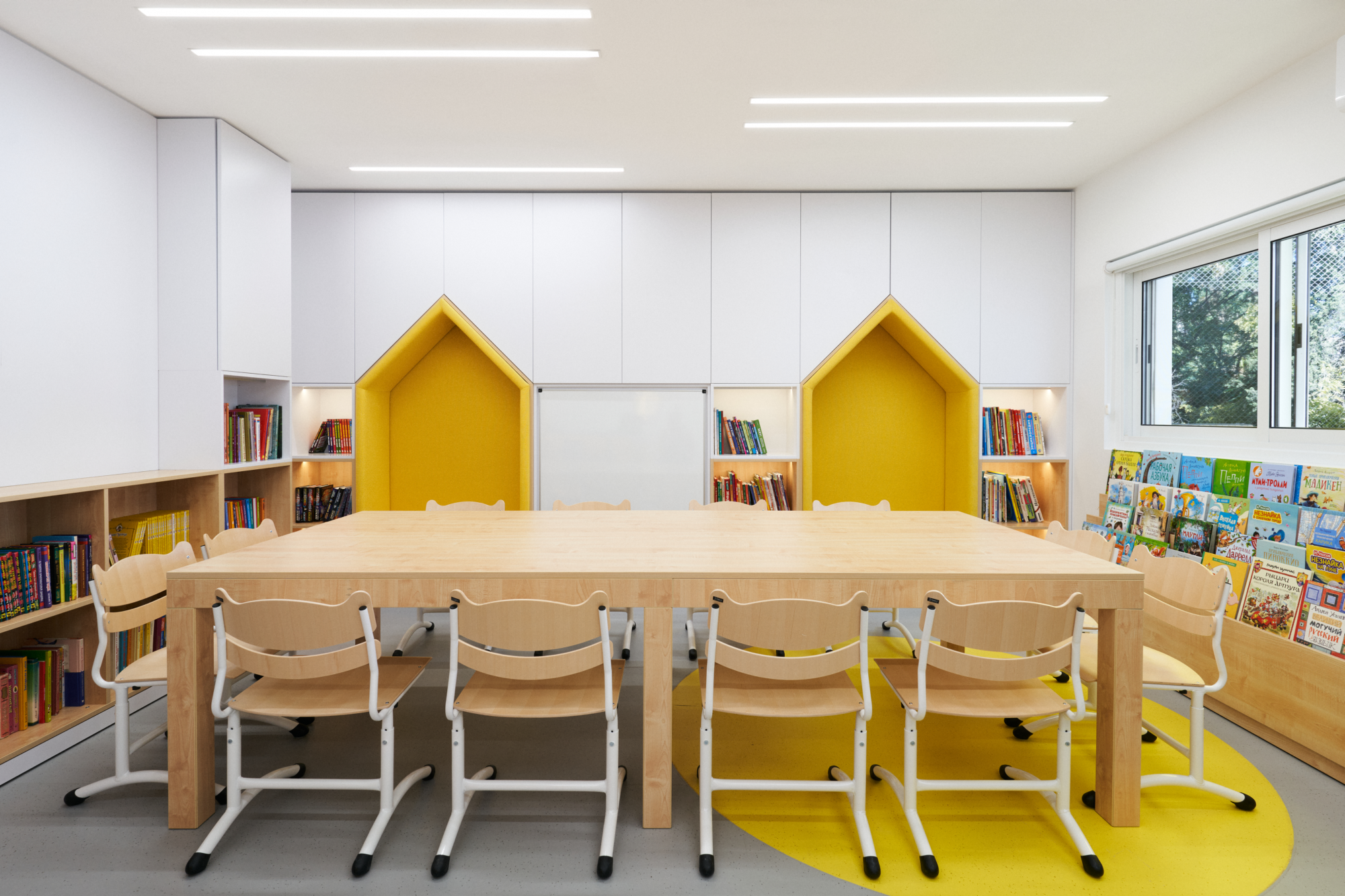
To create an environment that enriches children’s imagination and enhances the atmosphere of a child-oriented space, interior design incorporates animation elements. These can include vibrant whimsical details, fairytale symbols, and animated characters. Thus, the educational space, beyond its formal aspects, becomes more engaging and welcoming for children.
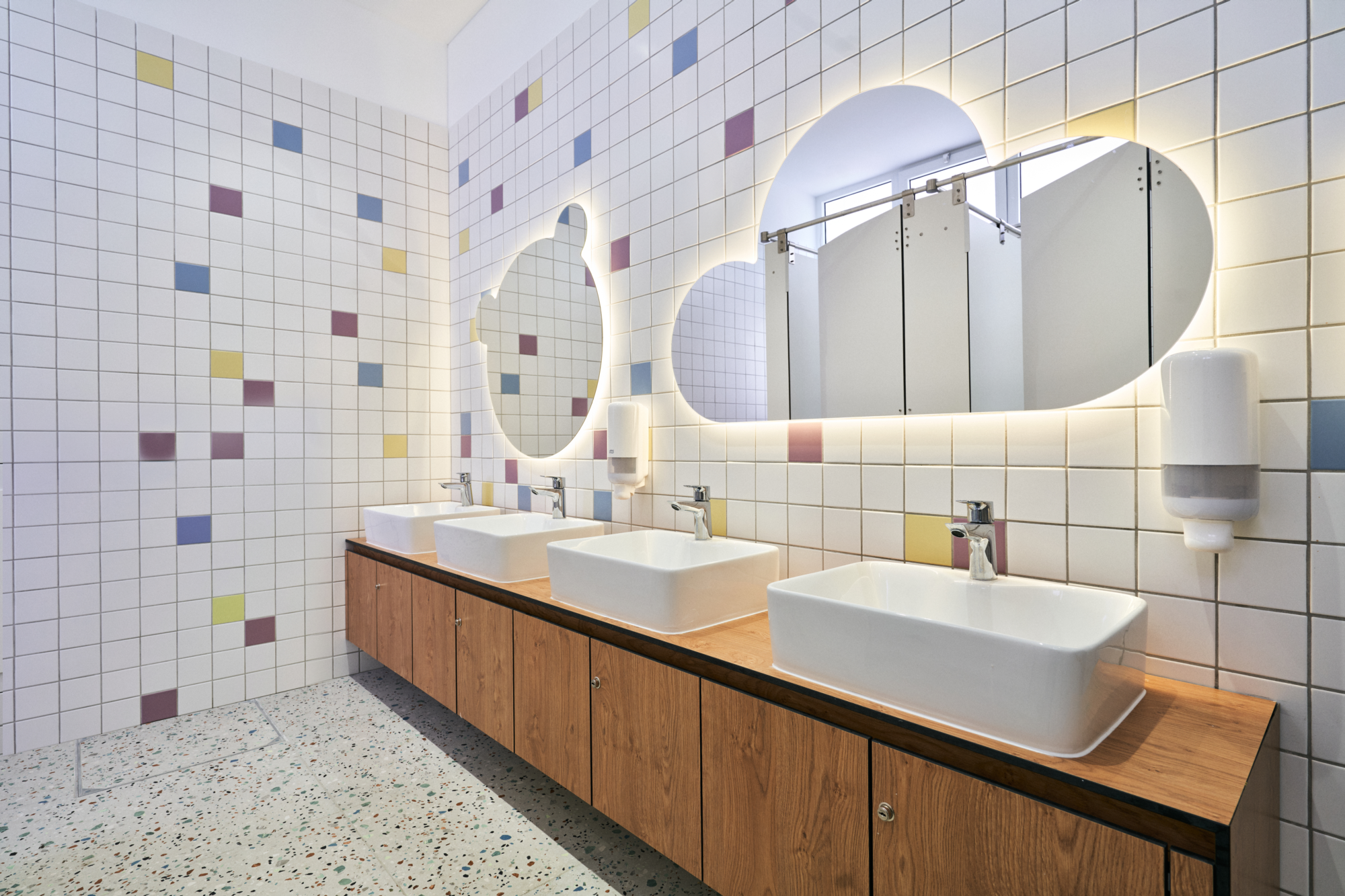
With the growing environmental consciousness, the priority of eco-friendliness is heightened in every project. From energy-efficient lighting to recycled materials, the integration of environmental practices minimizes the impact of school buildings on the surrounding environment. This not only supports the planet but also teaches students the importance of conscious consumption.
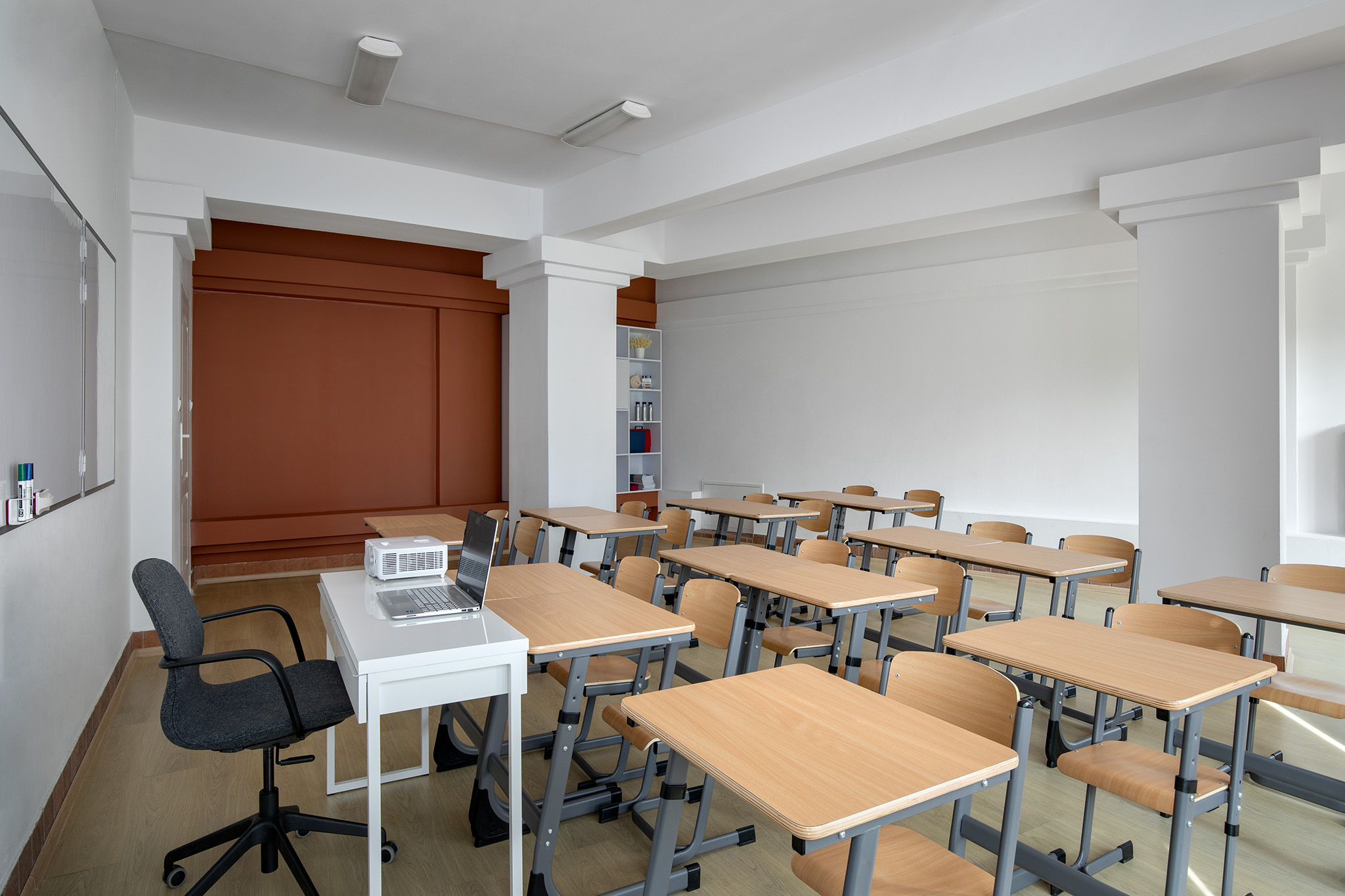
A modern school must be inclusive and accessible to all. Design should take into account the needs of students with different abilities. This involves the provision of ramps, elevators, and accessible restrooms, as well as adjustable furniture and sensory spaces. Creating an inclusive environment ensures that every student can be a full participant in the learning process.
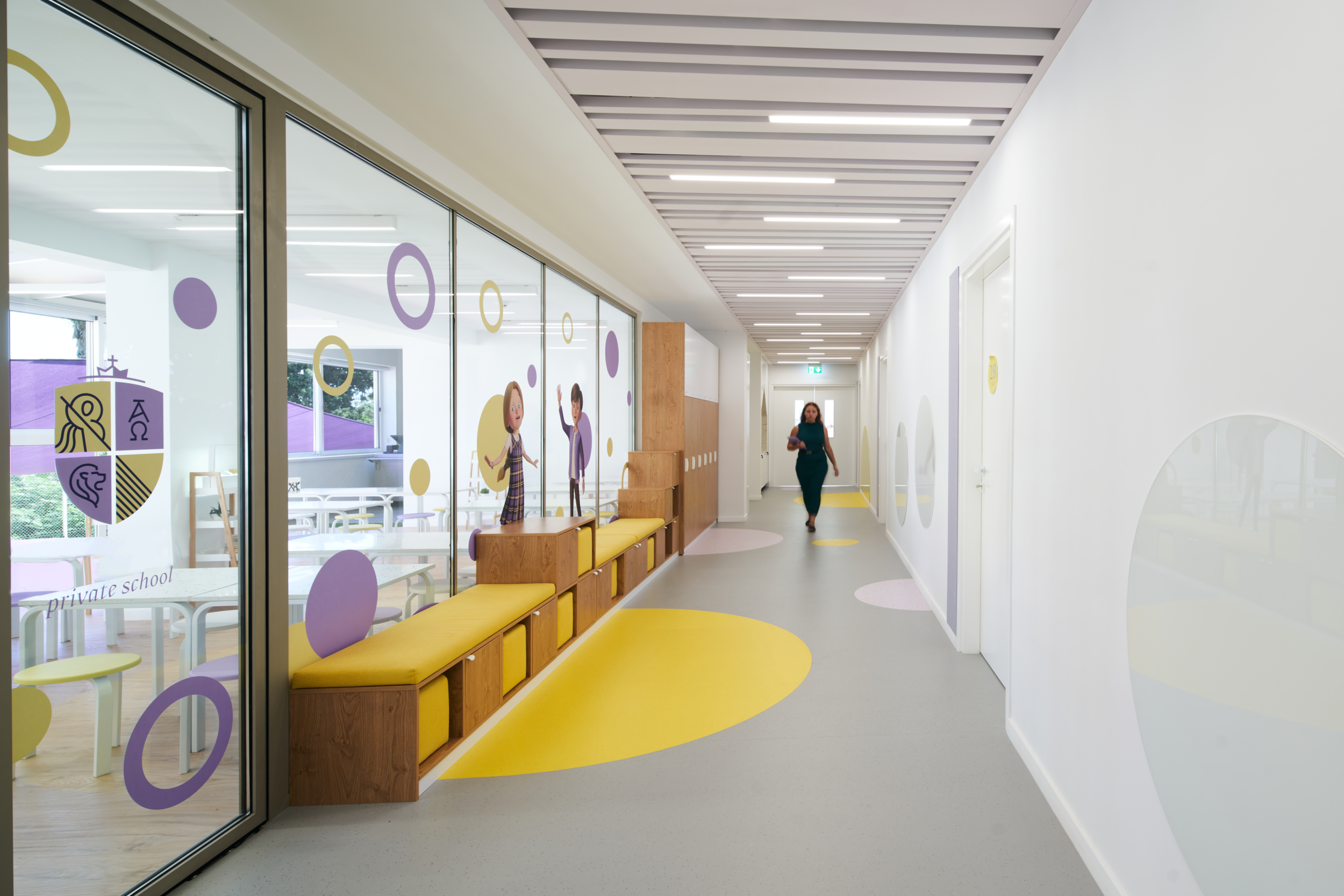
Designing a modern school requires a holistic approach that considers not only functionality but also the well-being and engagement of students. Educational spaces that inspire learning, foster collaboration, and prepare students for future challenges are essential for a contemporary educational institution. By utilizing innovative design principles, educational spaces become dynamic environments that contribute to the creation of an unparalleled learning experience.
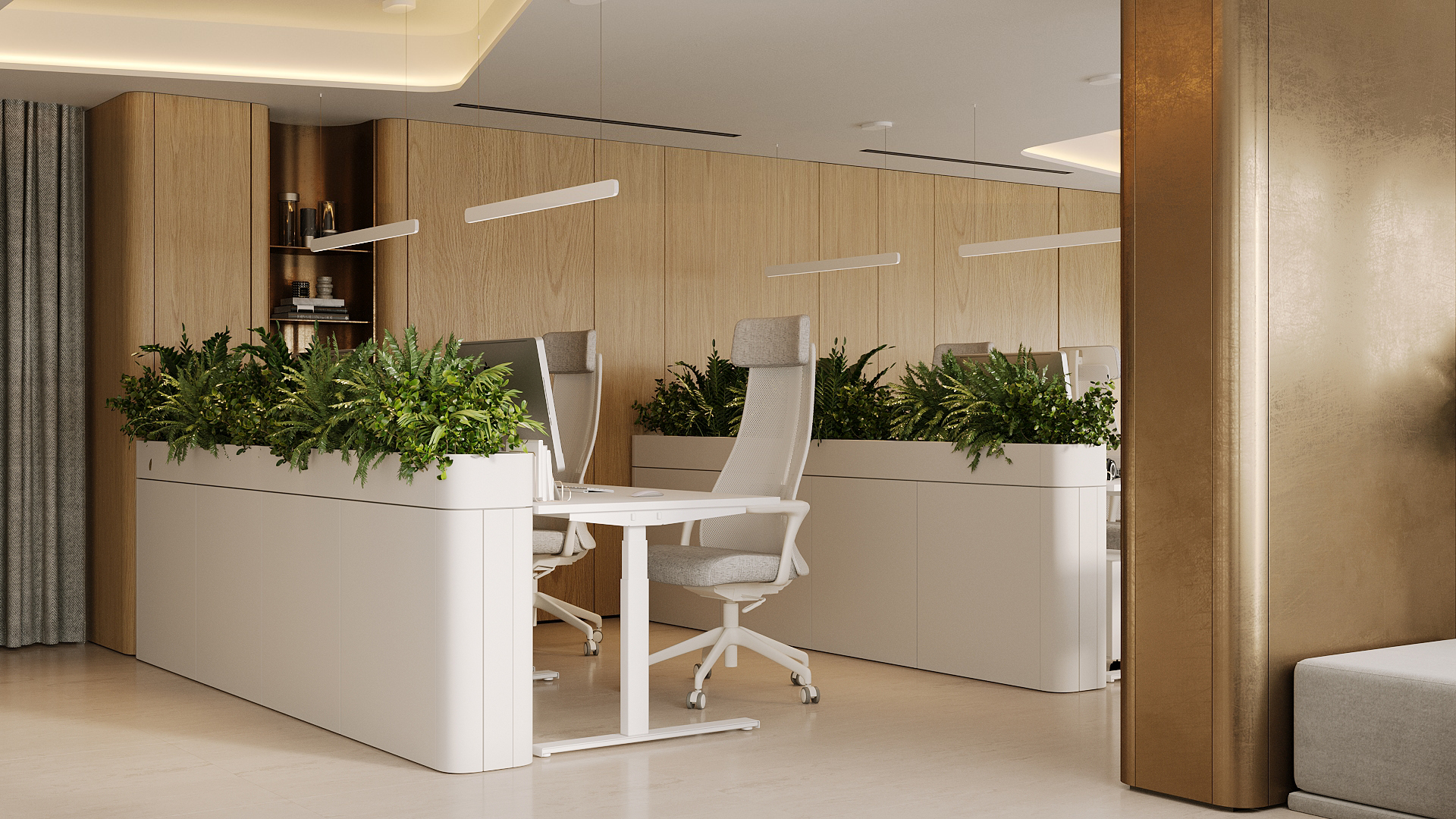
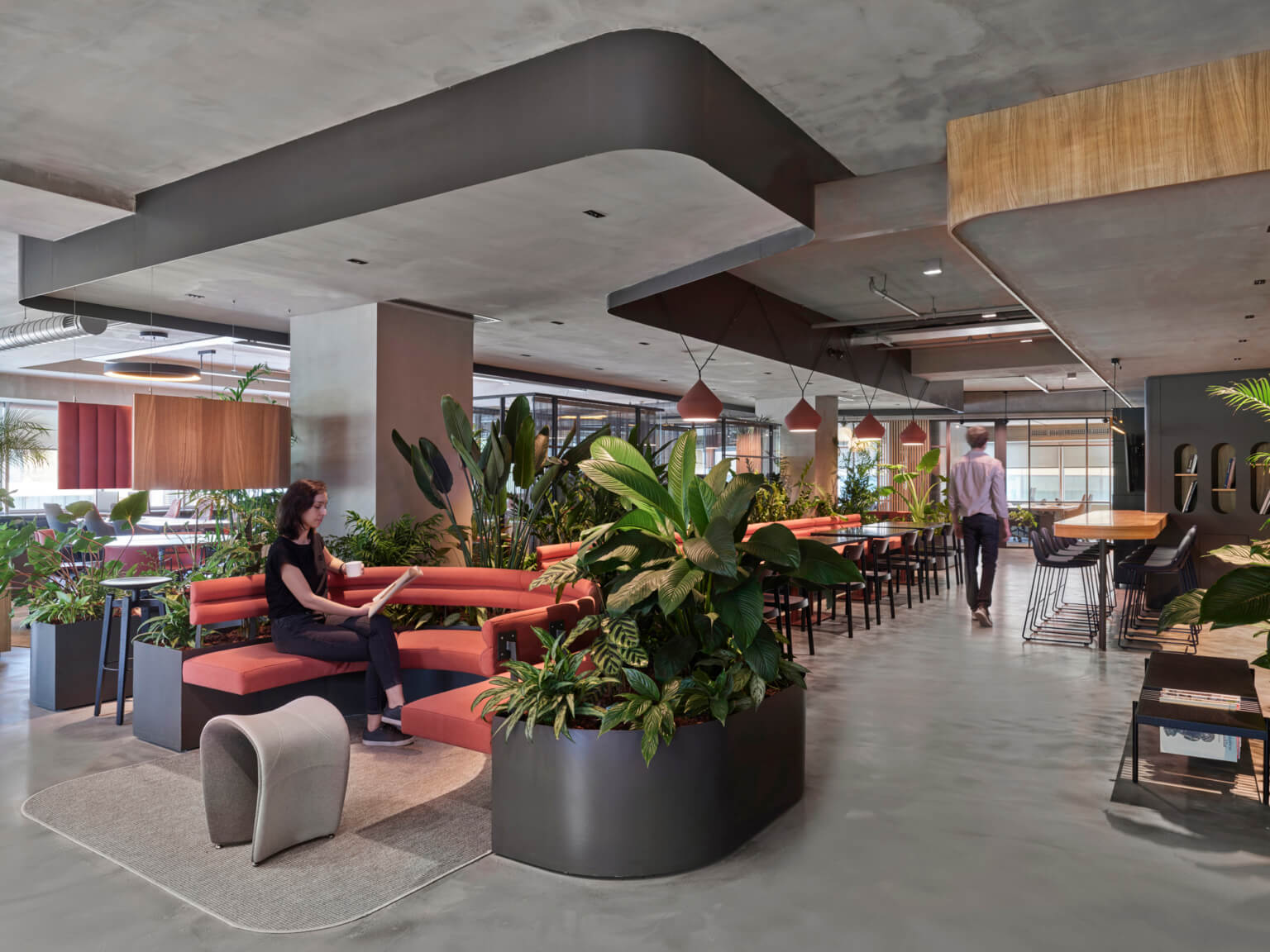

 Back
Back Back
Back




